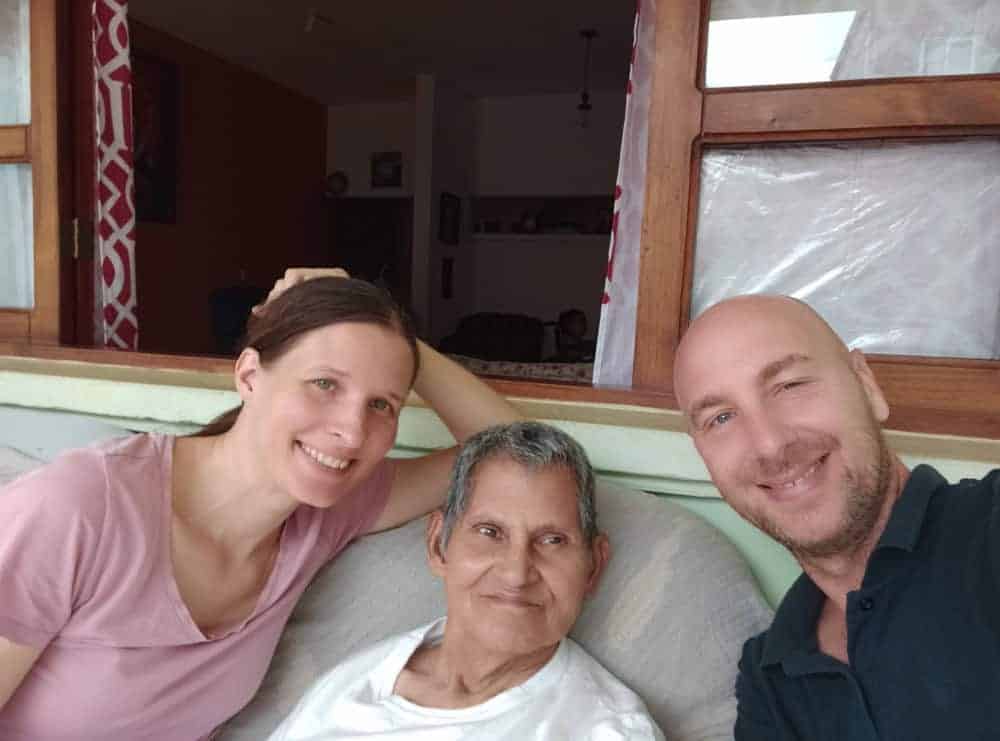It’s been a while since our last post from Brazil but we had to first take care of some things related to the newly adopted European General Data Protection Regulation.
You know, I’m talking about the countless emails that you probably received these days, and you have to confirm, reject or simply ignore them.
Stay with us
More than 2500 people follow our blog, many of whom have confirmed the continued receipt of Operando’s messages. If you haven’t done so and have been registered in the recipients’ database, check your e-mail and confirm your receipt.
If you want us to email you about new article Silva and I post on our journey, you can still subscribe to the news. You can enter your e-mail here.
Truckers’ strike paralyzes Brazil
Brazil has recently been marked by one of the biggest truckers’ strikes so far. Fuel prices are extremely high (and they are still growing), and they rose by as much as 50 percent in the last year.
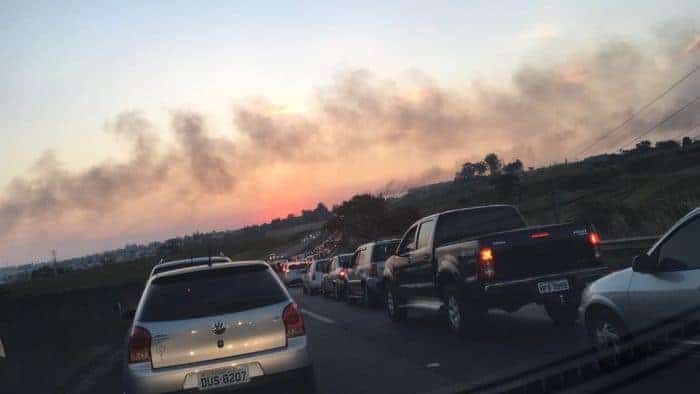
Carriers demand lower gas prices, as well as reducing taxes and tolls. Because truckers went on strike, the fuel supply was brought to a halt and a few days after the strike, gas pumps ran out of supplies.
Most of them had to close. For those who were still opened, there was a mile-long convoy of cars waiting. Huge congestions were created on highways due to the truckers’ barricades.
The roads are empty
As Silva and Lucas were returning from the city one day, they were stuck in a congestion for more than two hours. But the roads are almost empty now.
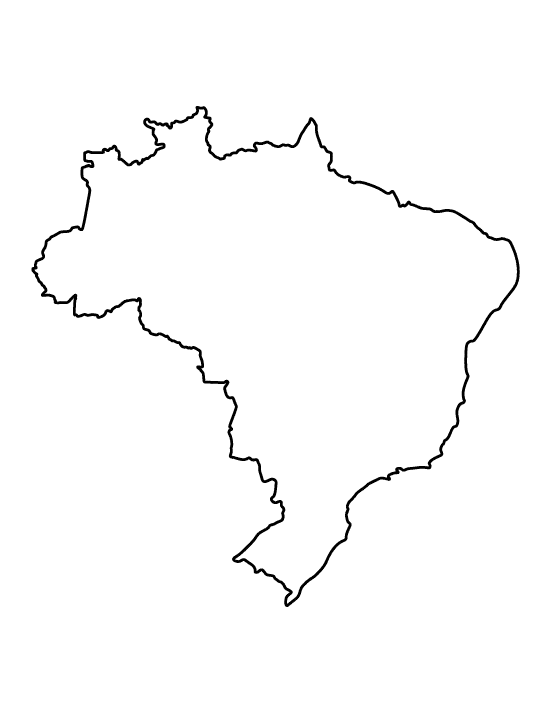
Usually, there’s a lot of traffic on this road’, our friend Regiane told us as were returning from a visit. ‘But now people don’t have any fuel.’
Parliamentary elections are taking place in Brazil this fall. This is probably a pre-election move by the truckers to put pressure on the politicians. Unfortunately, in several places, the strike turned into violence, and the army intervened too. We truly hope everything will end peacefully.
Brazil – the heart of South America
Since our arrival in Brazil, we were accompanied by the heartedness and openness of the people we encounter.
If you take a good look at the map of Brazil, you will see that it is in the shape of a heart. Truly, we often feel as if we entered a beating heart.
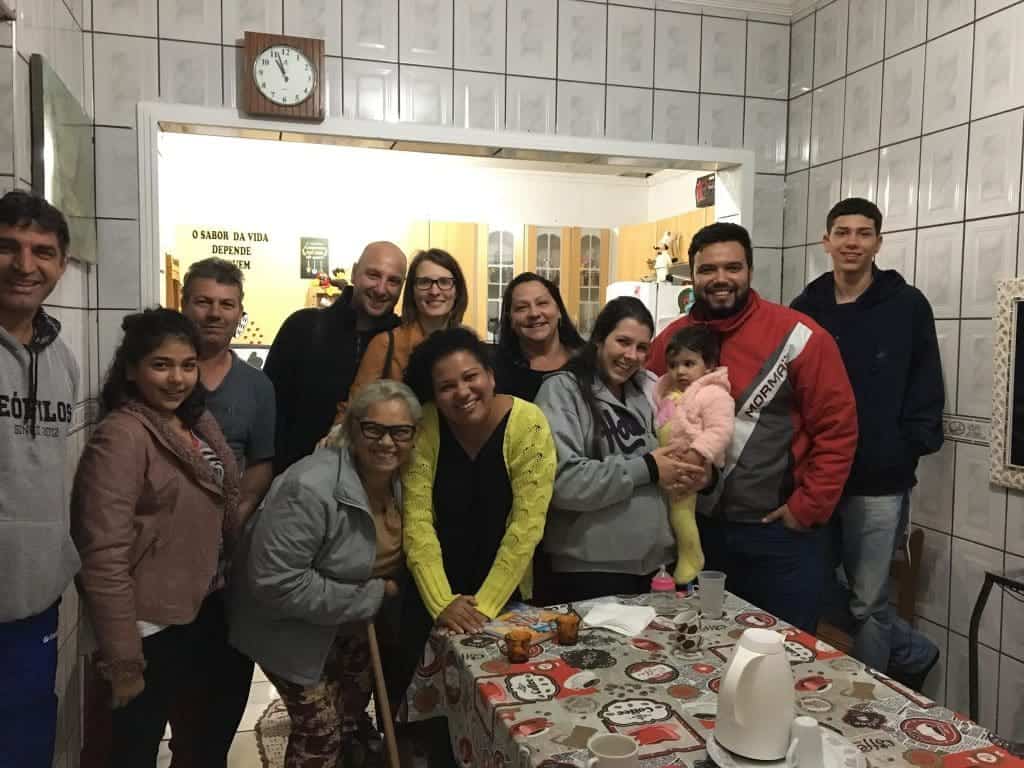
People approach us with open arms and a smile on their faces. They are friendly and emotional as if they were bringing their hearts to you. Without fear, without shame and with the best intentions.
The community is the most important value
Community and relationships are the most important values for the Brazilians. Families get together every Sunday. Children visit their parents or vice versa, they dine together and enjoy each other’s company. Good food and drink, if they can afford it, are a compulsory part of socializing.
Another feature separating the Brazilian and European Catholic is strong devotion to Virgin Mary. There are many temples and churches devoted to Mary in Brazil, and one might think that she is even more important to the Catholics than Jesus. Passionate adoration of Virgin Mary is, in fact, a common feature of all South American people, not just Brazilians.
Father, Son and Virgin Mary
When I served as a laic missionary at the Bariloche mission in Argentina 15 years ago, a fellow missionary told me:

‘If you asked people what is the Holy Trinity, most of them would respond:’ Father, Son and Virgin Mary.’ At that time, I thought he was exaggerating but now I’d believe him.
Black Virgin Mary
The biggest spot in their hearts is taken by Nossa Senhora Aparecida, the so-called Black Virgin Mary, who is also Brazilian patron saint. The legend says:
In 1717, the governor of the Sao Paulo province, Dom Pedro de Almeida, crossed the small town of Guaratingueta, near the Paraiba River. He was heading to Vila Rica that was an important center of gold mining at that time.
As the inhabitants of Guaratinguete were preparing a feast in his honour, three fishermen went fishing on the Paraiba River. They prayed to Virgin Mary that God would bestow on them a good catch since they seem to be out of luck for a long time.
They rolled out the nets, and at that time, they pulled out Mary’s statue from the water. The statue was missing a head but they managed to ‘catch’ that too. According to the legend, that day the net was finally filled with fish.
Once the statue was cleaned, they realized they found a black Virgin Mary. The statue was renovated and the head was placed on the statue again. As the legend continues, at that moment, lean Maria became so heavy they couldn’t carry it.

The fishermen named Mary as Our Lady of Aparecida (the one who appears). The first chapel dedicated to her was built in 1745.
Today there are many churches and chapels in Brazil devoted to Aparecida. The most famous among them is the pilgrimage center where Silva and I went together with Giovanni, Lucas and our friend Letícia.
Prayings have been heard
The temple is truly impressive. People have been coming from all over Brazil. They stop at the original status of the black Virgin Mary and they pray to her.
What touched me the most was a big hall with numerous cabinets, in which objects and photographs were exhibited as evidence of the prayers heard.
So you can see, for example, a cell phone with a bullet in it. Or a completely smashed motorcycle helmet with a thank you note for being alive.
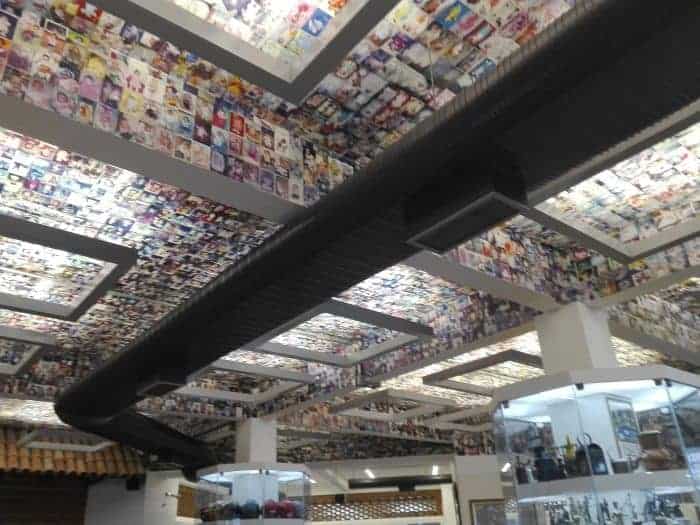
The view of the ceiling is astonishing since the complete surface is covered by photos of the people whose prayings to Lady of Aparecida have been heard.
In the company of three missionaries
We feel completely at home at the Xaverian mission. We have been enjoying the company of all three missionaries: Lucas, Alfiero and Giovanni.
We like how they are connected, care for each other and pay attention to each other, but mostly we like their connection to the people in the parish. We are getting to know their way of life and their philosophy, which strongly reflects the charm of the founder of the Xaverians, St. Guido Maria Conforti.
The bishop whose heart embraced the world
Since the Xaverians have been hosting us for the second time and allowing us to work at their missions, it feels right to say a few words about their history and work.

St. Guido Conforti was born in March 1865 in Parma as the eighth of ten children. Since the 14th century, Conforti’s family was administering this region, and data about his family tree go back as far as to 1285. It was a respective, wealthy and influential family.
His father, Rinaldo, put great hopes in his son since he was well educated and capable of managing family assets. But God had different plans for Guido.
Conversations with Jesus
As he attended the primary Catholic school, he stopped at the nearby church every day in front of the cross of Jesus. As he later said on several occasions, the conversations with Jesus were deep, meaningful, and different from all others.
Right in front of that cross, he realized that God was calling him to the priesthood:
‘I watched Him, He watched me and it seemed he has many things to tell me,’ said Guido once.
Following Francis Xavier’s footsteps
Years later he went to a seminary. There he met with the biography of St. Francis Xavier, the great Jesuit missionary who died in the ‘lobby of China’ in 1552. Xavier became a great inspiration for Confort’s missionary profession.
The door to the Jesuits was closed to him, and in 1895 he established a missionary community of the Xaverians, whose main purpose are missions in foreign countries.
The first Xaverians went only to China, where Francis Xavier didn’t manage to come to continue his mission. Due to persecution and hard work in China, however, the Xaverians later expanded to the countries of Asia and South America.
The mission in Hortalandia
One of these missions is also in Hortalandia, where we currently live. The three Xaverians manage six different communities, in different parts of the city, and near the favelas (barracks), where people live in great poverty and deprivation.

Volunteers at the mission
We’re getting acquainted with the projects that missionaries lead, and various groups of volunteers involved in pastoral activities. The most important for us are two groups. The first is a group of people who visit the elderly and patients at their homes, bring them the holy communion and pray with them.
The other group is a group of Vincentians, which is, in fact, part of a larger network of volunteers under the charisma of Saint Vincent de Paul.
These people visit the poorest individuals and families in the vicinity of the mission, collect suits for them, medicines and, above all, bring them hope, comfort, and the gospel of Jesus.
In the next article, I will write about our work and the people we visit at their homes together with the volunteers. Until then: Operando – God works right now! Also in Brazil.
Nace Volčič
